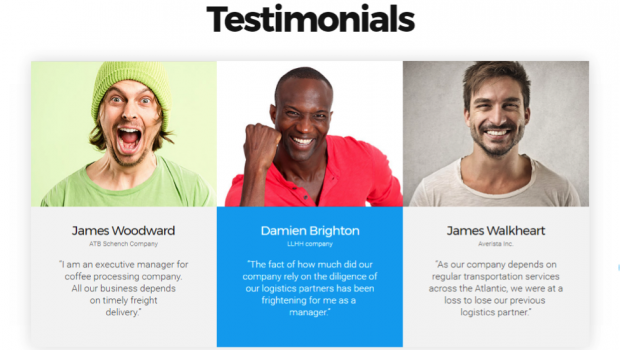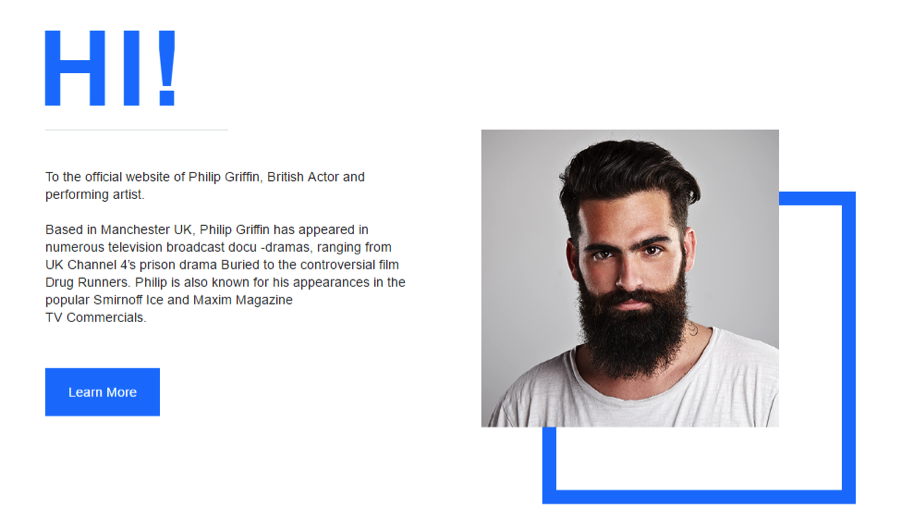How to Make Your WordPress Website Trustworthy: Top 10 Trust Signals
When people land on your website they are often not aware, who you are and whether they can trust you. There is a number of fraud websites on the net, so people prefer to be wary and entrust themselves only to those companies that can clearly state who they are and what they do. In creating you website, you should be as real and transparent, as possible. This will bring you the trust of your visitors and they will convert into your loyal customers.
The assurances of the fact that you can be trusted are provided through trust signals. Trust signals are features or qualities of your website that inspire trust in website visitors. The number of trust signals on the website strongly correlates with your website’s conversion rate. The link is pretty obvious: the more people trust you, the more they take the actions that you offer and want them to take. Trust signals are important both for sale and lead generation. If you target launching a high-converting website, account for them in first place.
In this post, I explore 10 most important trust signals that you should take care of to win over the hearts of your clients. There are other minor factors to account for, but, believe me, these 10 are the most important ones that you just can’t live without.
- Be Real by Providing Your Name and Face
On the Internet, everyone can post content of whatever quality, everyone can offer some products, but not everyone is ready to be responsible for what they offer. If what you offer is good, do not lurk in shadows, show your face on your website and say who you are.
What do I mean by showing your face?
- If you have a personal portfolio website, create an “About Me” page. Post the photo that fits the image that you project on the Internet, provide your real name and country of residence, include a short bio that reveals your story and uncovers your path to proficiency in what you do.
- If you run a corporate website, let people get acquainted with you and your team on the “Our Team” page. Include photos of your team members, state their position and professional interests, add their e-mail addresses and contact phone numbers.
By showing your face, you show that you hold responsibility for what you offer. This is a very effective trust signal that you can’t do without.
- Reveal Your Physical Location
The second point goes in line with the first one. Viable contact information allows site guests contact you when needed. If your clients see your contact information on the website, they know that, if any questions arise after they acquire products from you, they have several ways to get in touch with you.
What info should you include?
- Reinstate your name.
- Provide your e-mail and contact phone number. If you work globally, consider providing your Skype name or other ways to contact you that have a voice call function and are free.
- Disclose your physical address. If you work from home, you can either disclose it or go for just naming the city you work from.
- Specify working hours, so that people know when to contact you.
I recommend you reiterate your contact information a couple of times. First of all, you should have a separate “Contacts” page that is accessible in website’s main navigation. Secondly, include contact details on your home page (either in footer or in header).
One more point: Contact information is not only an important trust signal; it is also beneficial for boosting your local SEO. Provide it and be on the first page of search results for your area.
- Include a Google Map
Visualization is a great way to make people pay attention to the provided contact information. The map is valuable for navigating to your office or store. However, more importantly, it shows people that you do really locate somewhere and have nothing to hide in this regard.
- Regularly update your blog
Having a regularly updated blog shows that your business is alive and doing well. Just imagine the following situation: a person lands on your website and sees that the last blog update was done in 2016, when we’ve already done a couple of 2017 month. What does this tell them? It tells them that you do not care much about your website and your business. People will find another website that has fresh blog posts on a regular basis, not once in a blue moon.
One more thing: when you think of updating your blog, this is not only about posting articles, this is also about replying to comments under them. If you are lazy to check comments, you show that you don’t care about people, who are your potential customers. Check comments regularly: if you respond in a couple of weeks or month, your reply is not likely to be seen by the comment author.
- Have a Name Behind Every Blog Post
This is often the case that website owners post articles with no authors. Site guests just see “Written by admin”. But does the admin really write all these articles? Why can’t they provide their names? This all makes your articles less valuable, no matter, how good the content is.
Moreover, authorship is also a trust signal for search engines. Google ranks the information that has a name associated with it higher. So, by providing the name, photo and short bio of the article author below the article you impact not only reader’s perception, but also your ranking in search results.
- Don’t be Lazy to Proofread
If you don’t want to read what you’ve written, who would? And when I talk about proofreading I talk not only about typos. Browsing the net, I’ve stumbled over contents that don’t even make sense! I hope you’re posting contents, because you want them to be read, not because you just want to fill space on your website.
Remember that you should always strive for top-quality. Don’t be lazy to find and correct errors, make sure your contents are comprehensive and well-structured. Remember to write for your target audience, not for search engines: be logical in positioning keywords in the text. If your article consists mostly of them, it’s unlikely to be interesting for a single real person.
- You Need Reviews and Testimonials
This is a very important one. People tend to trust other people, who already have the experience that they consider acquiring. People look for objective, substantial reviews that not only say something like: “It’s cool. I like it!”, but go in detail and disclose the personal experience connected with the product offered.
First of all, you need a “Testimonials” page on your website. Place real feedback of your clients over there. People are often able to distinguish real human voices from marketing tricks, so don’t hesitate to use the real feedback that you get, even if it names some negative points.
Secondly, consider installing a widget, module or plugin that displays reviews of your products from third-party websites, such as Feefo, Reviews and Trustpilot, TripAdvisor, etc. Such reviews are independent and have the highest degree of reliability. Just seeing such a feed on your website people will trust the quality of what you offer.
- You Need Social Proof
The next valuable trust signal is called ‘social proof’. This is a practice of demonstrating online social interaction around your brand and products on your website. The more followers in social networks you have, the fuller and more frequently updated your pages in social networks are, the better.
There are several ways to project social proof on your website:
- First of all, you need “Share” buttons. Situate the buttons that allow sharing your website with people in the website header section. Reiterate them in footer for more impact. Have “Share” buttons for single posts and products.
- Install widgets that allow displaying your feed from the selected social network on your website. If people see that your social page is lovely and frequently updated, they are likely to subscribe and will trust you more.
- Install widgets that show your friend in social networks. This is a good way to visualize that many people know about you and trust you.
- Streamlined Website Navigation
Visitors love streamlined browsing experience with no interruptions and inconveniences. That is why they expect your website to be well-structured. If someone needs to get in touch with you, they do not want to open all your website pages in search of the necessary info. If someone buys a product, they should find your return policy handy.
I do not say that your website navigation should be either complex or simple. This depends on the website. Please make sure that your top navigation does not fall into two lines (do not be afraid to create a hierarchy of submenus). If your navigation has more than two layers, consider installing a MegaMenu plugin of your liking. MegaMenu allows you to create a visually appealing multi-layered menus that can include not only pages, but also categories, widgets or even single posts. Here is an example of how it looks:
- Top-notch website design
Obsolete, crummy websites are by no means trustworthy. People will not trust someone, who even can’t afford a decent website. This is probably the most important factor, as no one will read your contents on such a website and no one will feel like leaving a comment. If the website is obsolete, this hints that a website is not live or is not popular.
What design do you need? Modern websites feature visually appealing designs that amuse with Parallax and LazyLoad effects, geometrical patterns, asymmetric elements, extended color palette and animated website elements. Moreover, modern website designs ensure good readability of the contents thanks to clear typography, transparent layouts and use of negative space on the website pages. Check these WordPress themes to learn how a top-notch website of 2017 should look like.
Conclusions
To win trust of your visitors and convert them into your clients, you need to equip your website with information about you and your team, with valid contact details and Google map. Make sure your website content is proofread and comprehensive; include names of content authors. Moreover, do not forget about reviews, testimonials and social proof. And, most importantly, launch a website with appealing modern design that offers great user experience and can’t be passed by.
I hope you found these 10 tips on making your WordPress website trustworthy useful. Make sure that you take care of them and enjoy the revenues from your high-converted website.
If you have any questions or comments, feel free to drop a line in the comments section.
All the images were kindly provided by TemplateMonster, one of the leading companies on the market of website templates.
Stay tuned!

























